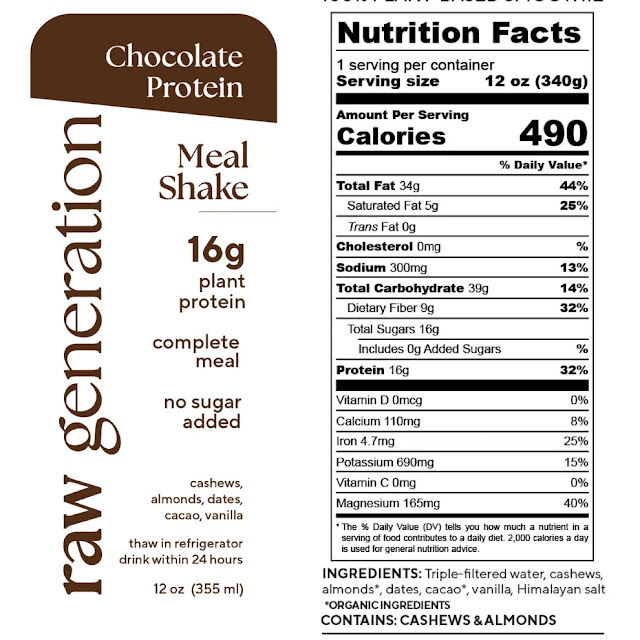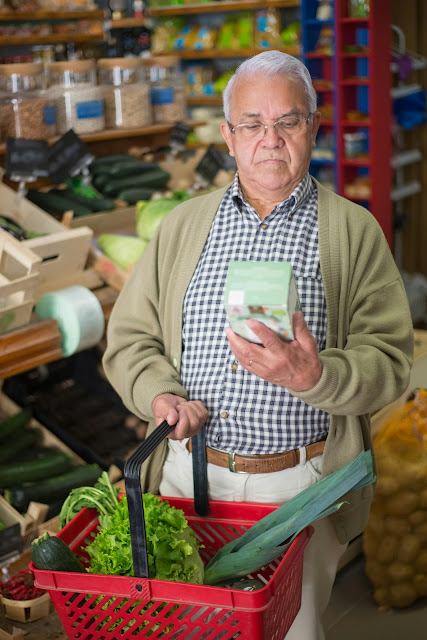🏷️ Understanding Food Labels: How to Make Smarter Grocery Choices
🛒 Why Food Labels Matter
You don’t need to be a nutritionist to read a food label. Whether you’re managing your weight, cutting sugar, or just trying to eat better, understanding labels helps you shop smarter and avoid hidden unhealthy ingredients.
Let’s break it down in a simple, no-jargon way.
📦 1. Start with the Serving Size
Why: Everything on the label is based on this amount.
Look For: How many servings are in the package? Is the serving size realistic for how much you’d eat?
🍫 2. Check the Sugar—Especially Added Sugar
Why: Too much added sugar leads to energy crashes, weight gain, and inflammation.
Tip: Look for foods with 5g or less of added sugar per serving—or none at all.
Watch Out For: High-fructose corn syrup, cane sugar, maltose, dextrose, and other sugar aliases.
⚖️ 3. Look at the Ingredient List
Why: Ingredients are listed by weight—from most to least.
What to Do:
- Choose items with whole food ingredients (like oats, nuts, brown rice)
- Avoid ultra-processed foods with long, chemical-sounding names
Golden Rule: If you can’t pronounce it, maybe skip it.
🧂 4. Watch Sodium Levels
Why: Too much sodium = bloating, high blood pressure, and water retention.
Healthy Range: Aim for less than 140mg per serving if you're limiting salt.
🥣 5. Understand % Daily Values
Why: Shows how much a nutrient contributes to your daily diet (based on 2,000 calories).
Pro Tip:
- 5% DV or less = low
- 20% DV or more = high
🧃 6. Be Aware of Marketing Tricks
Terms That Can Mislead:
- “All natural” doesn’t mean healthy
- “Fat-free” often means high sugar
- “Made with whole grains” could mean just a sprinkle
🧠 Final Thoughts: Knowledge Is Power
Reading labels isn’t about being perfect—it’s about being informed. Once you learn to decode them, you’ll make better choices without thinking twice.
The healthiest foods often don’t have labels at all—like fresh fruits and veggies—but when they do, now you’ll know exactly what to look for.







